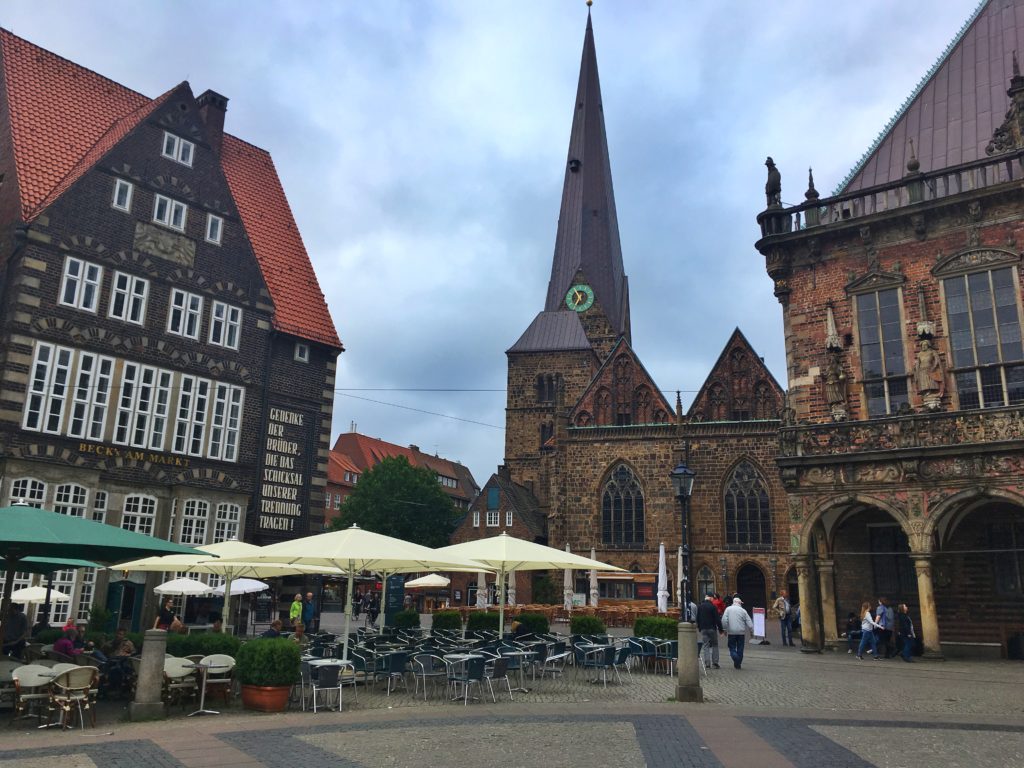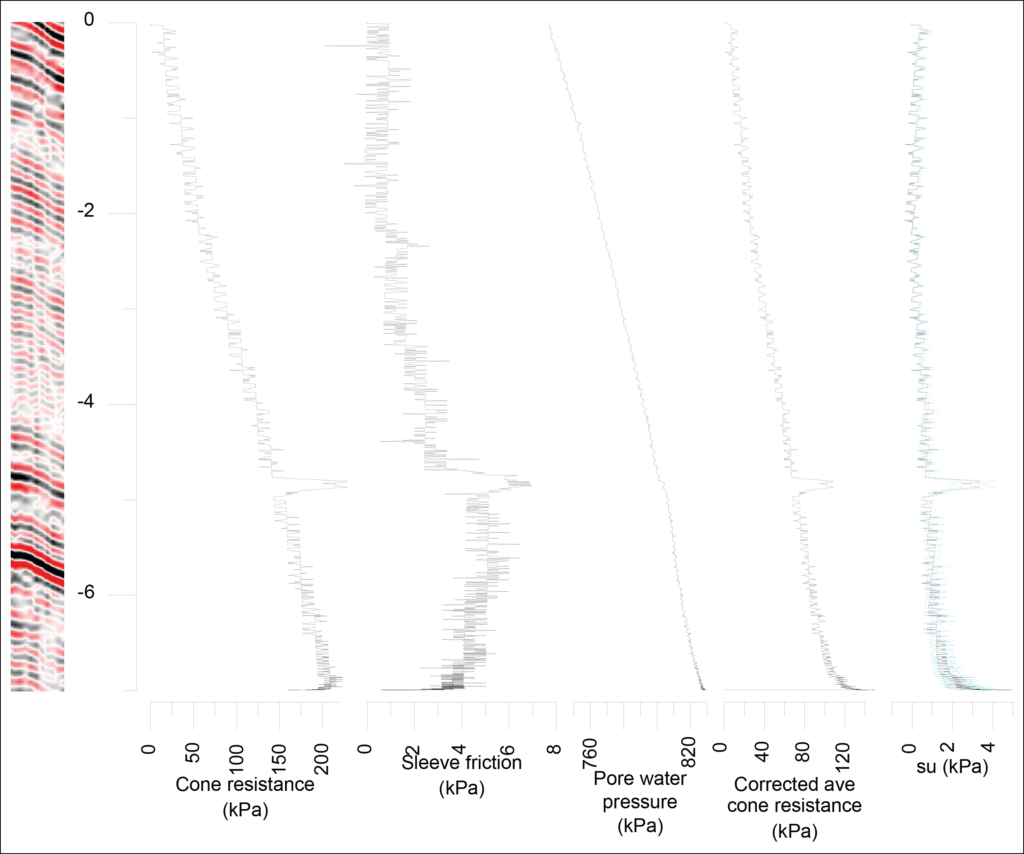Report on the first part of my secondment at MARUM, Bremen
Maddalena Sammartini, ESR 15 | 24-29/06/2018
In the investigation of a landslide, the geotechnical characterization of sediments upslope the slide scar is a common and fundamental study, providing information about pre-conditioning and trigger mechanisms, and failure evolution. Furthermore, core and geotechnical data of an unfailed slope are widely used for the stability assessment, and geohazard evaluation of the area.
The same cannot be said for basin sediments, which are generally not taken into consideration for the characterization of the instability. One question we want to address is whether the geotechnical properties of sediments at the base of the slope can play an important role in the failure initiation and in the frontal style of the deposit (frontally emergent or frontally confined). To do so, we chose as natural laboratory Lake Lucerne, in which a huge dataset of geophysical and core data is already available from previous surveys. Furthermore, Lake Lucerne is one of the focus sites of the ongoing SNF Sinergia Project, which aim is to understand better “fresh water” tsunami.
In March I had the opportunity to join the SNF Sinergia Project CPT campaign and I acquired several CPT measurements in four different sites (see previous report). For each site we acquired transects of CPTs in order to study the variability in geotechnical properties along and outside a slide deposit, and to understand the role of frontal buttress.
At the end of June (24th-29th) I visited MARUM in Bremen for a week-long meeting on CPT data processing and interpretation. Under the supervision of Dr. Sylvia Stegmann, I started to deal with the different parameters that are involved in CPT measurements and with the different steps in the CPT processing routine using the FFCPTuPro Software. The main steps are conversion of the files, from raw data to ascii file, calibration of the instrument sensors, depth calculation and penetration rate correction. The depth calculation is without doubts the trickiest step. In here, you have to pick the moment in which the instrument started the penetration and the moment in which it stopped. Based on this time interval, the software is calculating the penetration depth. In case of soft sediments, common in the lake basins, the transition from water column to sediments is not distinct and therefore it is necessary to do some assumptions based on field observations (i.e. if and until where the instrument was dirty after the measure). The result of the processing are different graphs showing the local variability with depth of geotechnical parameters, such as cone resistance, sleeve friction, undrained shear strength and pore pressure. All of them are used for the characterization of the sediments. The week at MARUM was intense and at the end I finished the processing of all the CPTs we acquired in March, and started with the interpretation of the data.
Further steps ahead are some laboratory tests in cores and the organization of the new campaign in Lake Lucerne, which will take place right before the SLATE annual meeting in September. We aim to acquire new seismic lines, new CPTs, especially in the Zinnen landslide area, and new cores, useful for our geotechnical study.
My stay in Bremen, which is part of one of my secondments, has been fundamental for my introduction to the “CPT world”. Furthermore, it gave me many useful ideas for the upcoming campaign.
View on the historic Bremen market square
Example of CPT data



